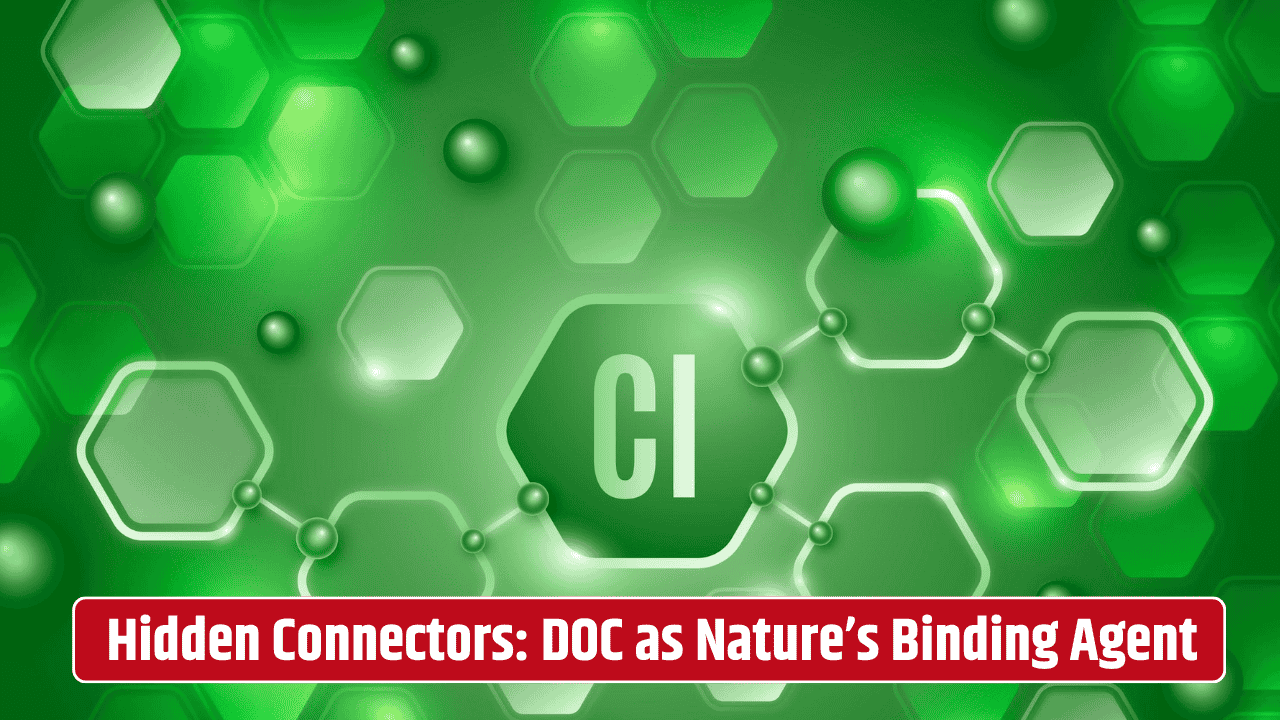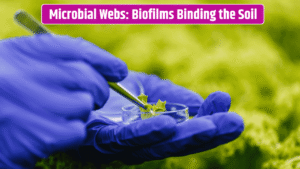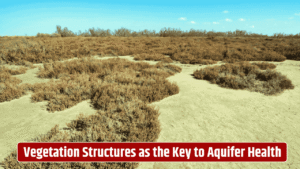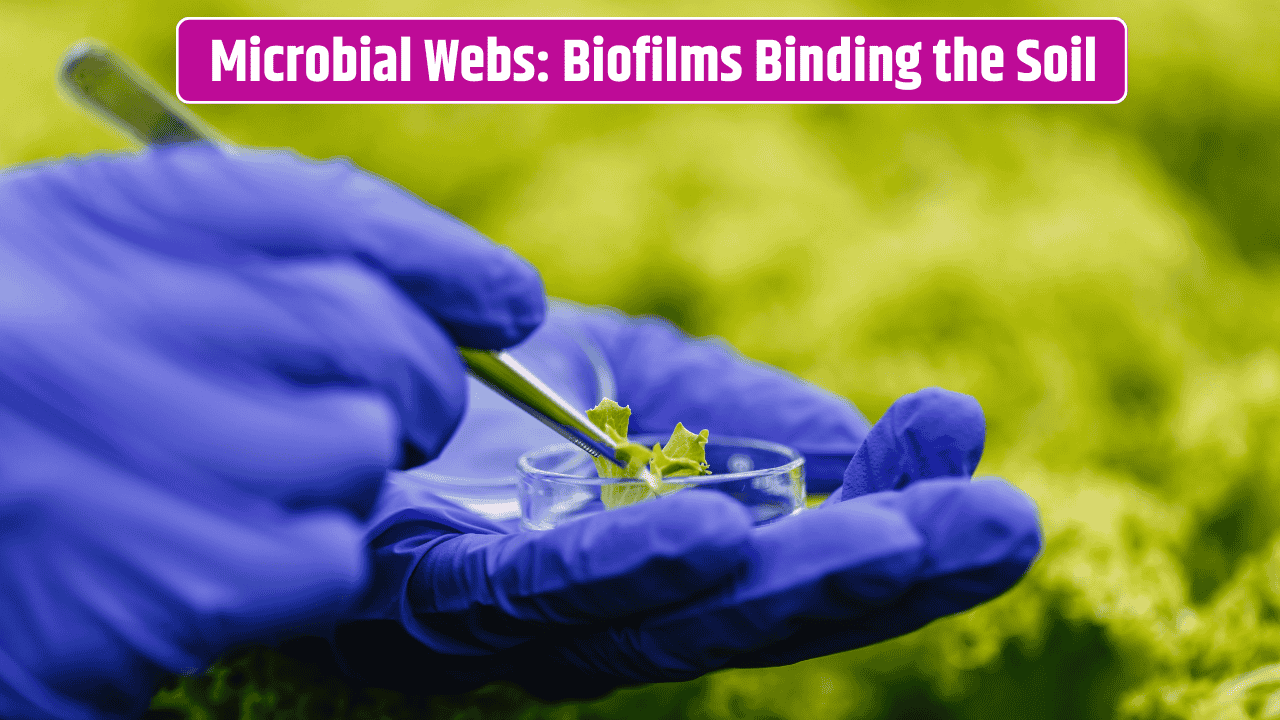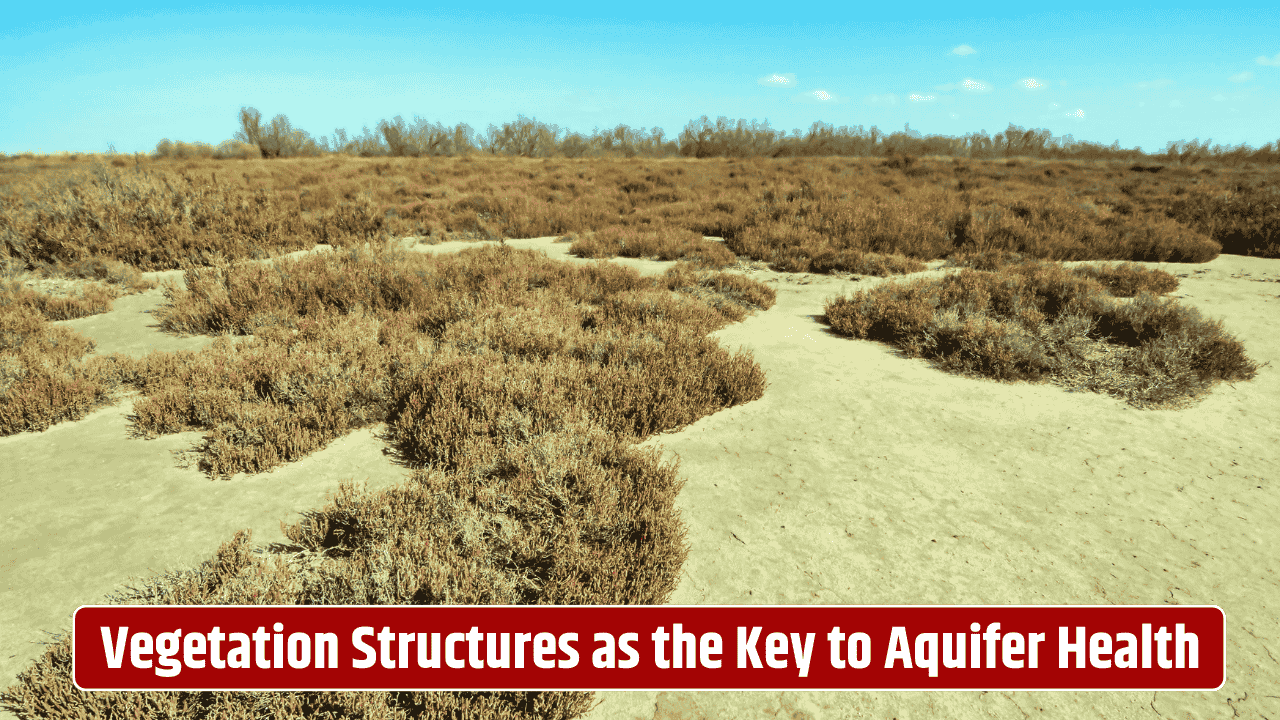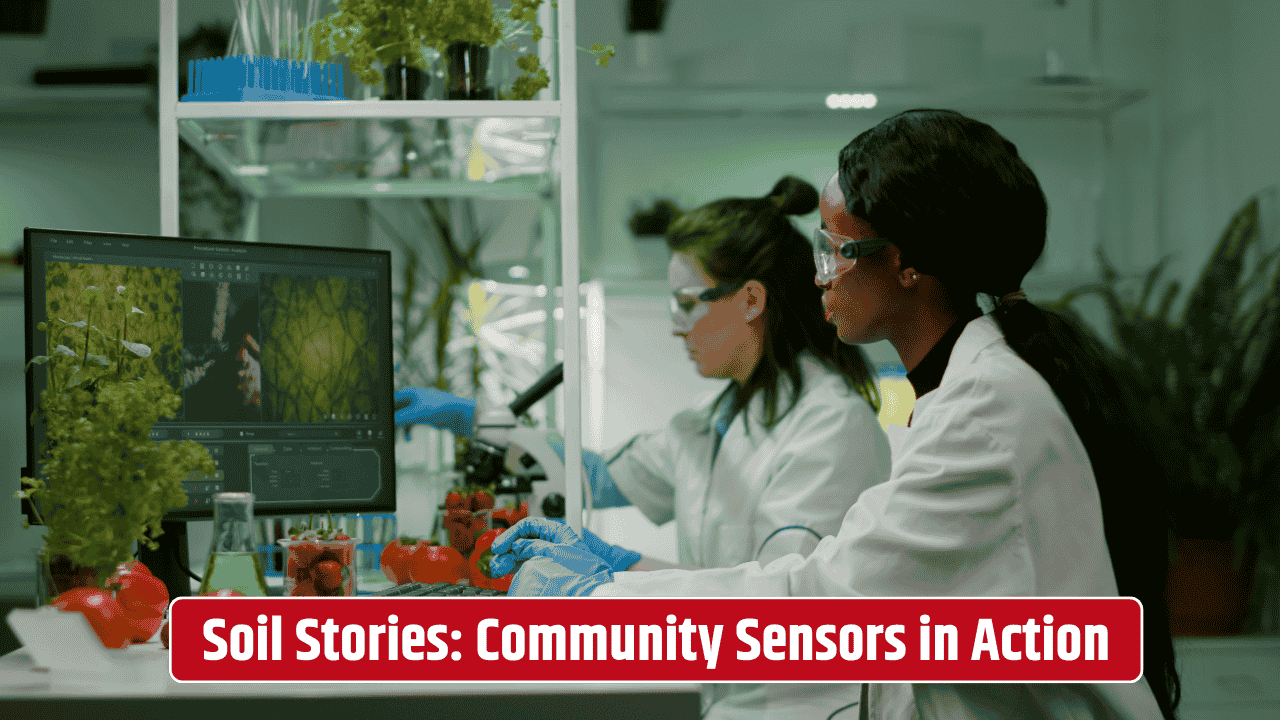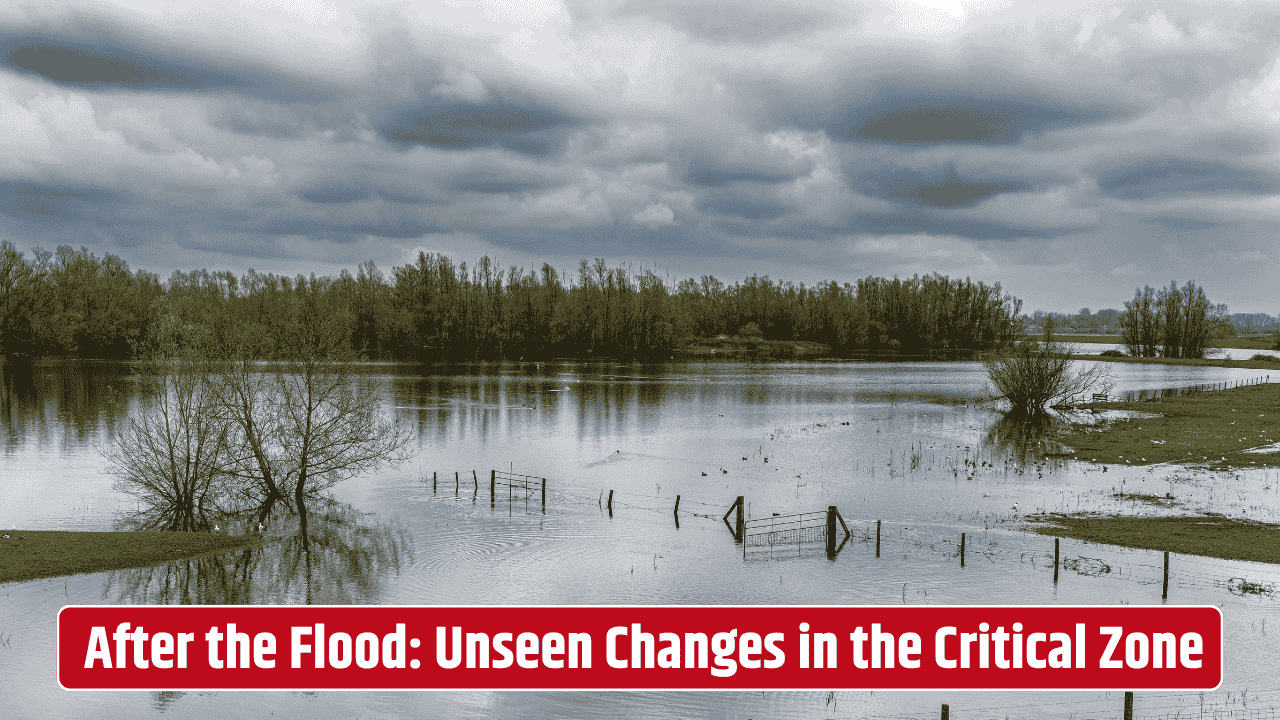Most people think of soil and water as just dirt and H₂O—but lurking in between is a whole invisible world of carbon compounds quietly holding the critical zone together. Dissolved organic carbon (DOC) is one of those unsung heroes. You can’t see it with the naked eye, you can’t scoop it up in your hands, yet it’s constantly moving, binding, feeding, and shaping the ecosystems we depend on. Think of it as the “currency” that links soil, plants, microbes, and groundwater into one giant, buzzing marketplace of life.
Table of Contents
What Exactly is Dissolved Organic Carbon?
DOC is basically a cocktail of carbon-based molecules that come from decaying plants, roots, soil microbes, and even animal matter. Instead of staying locked up in solid matter, these molecules dissolve in water, making them mobile. Every time rain trickles through leaves, soil, or forest litter, it picks up DOC like a traveler collecting souvenirs. By the time it reaches streams or aquifers, it’s carrying a molecular fingerprint of the land it passed through.
For scientists, DOC isn’t just “stuff in water.” It’s a marker of ecosystem health. Its composition tells us how soil is functioning, whether forests are sequestering carbon, and even how climate change is altering the balance between carbon stored in land versus released into the atmosphere.
The Role of DOC in the Critical Zone
The “critical zone” is a fancy way of saying the layer of Earth from the tops of trees down through soil, rock, and groundwater where life and geology meet. DOC is like the glue in this system. It:
- Fuels microbial communities that recycle nutrients.
- Stabilizes soil by binding to minerals.
- Moves essential nutrients (and sometimes pollutants) into streams.
- Plays a role in carbon storage, which is directly tied to climate change.
Without DOC, the critical zone wouldn’t function as smoothly. Imagine running an engine without oil—things might still move, but not for long.
Why Should We Care?
Here’s the twist: DOC is deeply tied to global carbon cycles and climate. If more carbon is dissolved and flushed into waterways, less stays locked in soils. That could mean less long-term carbon storage and more greenhouse gases eventually released into the atmosphere. On the flip side, DOC also supports food webs in rivers and lakes, becoming dinner for bacteria, which in turn feed bigger critters.
In human terms, DOC affects drinking water too. High concentrations can react during water treatment to form harmful byproducts, which is why agencies like the U.S. Geological Survey and EPA keep a close eye on it.
Tracing the Invisible Bonds
One of the fascinating aspects of DOC is that it carries a “signature” of the environment. For example:
- Forest soils release DOC rich in aromatic compounds (complex, ring-shaped molecules).
- Grasslands might have more easily degradable sugars and acids.
- Agricultural lands often show a human fingerprint, with fertilizer runoff changing DOC composition.
Scientists analyze these fingerprints to understand everything from forest health to pollution sources. It’s almost like CSI for carbon.
| Source of DOC | Typical Compounds | Ecological Role |
|---|---|---|
| Forest litter | Aromatic humic substances | Long-term carbon storage, soil stabilization |
| Grassland soils | Simple organic acids | Quick microbial fuel |
| Agricultural runoff | Nitrogen-rich compounds | Alters nutrient balance, potential pollution |
| Wetlands | Highly reduced organics | Strong influence on water chemistry, carbon release |
DOC and Climate Change: A Two-Way Street
Here’s where it gets tricky. Warmer temperatures and heavier rainstorms (both linked to climate change) can increase the flow of DOC into rivers and oceans. That might sound harmless, but as microbes break it down, they release CO₂ and methane. In effect, DOC becomes a middleman in the climate system—shuttling carbon out of soils and into the atmosphere.
At the same time, land-use changes—like deforestation or urbanization—can dramatically shift how much DOC is produced and where it flows. The critical zone is always adjusting, but rapid human changes are testing its limits.
A Hidden Connector of Systems
When you zoom out, DOC is less about molecules and more about connection. It’s what ties together water quality, soil health, biodiversity, and climate. You can’t manage forests, rivers, or agriculture without considering this invisible stream of carbon. That’s why ongoing projects like the Critical Zone Observatories have made DOC a central part of their research.
FAQs
Is dissolved organic carbon harmful to humans?
Not directly, but during water treatment it can react to form disinfection byproducts, which are regulated for safety.
How do scientists measure DOC?
They typically filter water samples and use instruments like a total organic carbon analyzer to quantify it.
Does DOC always increase with climate change?
Not always. In some dry areas, less water flow can actually reduce DOC movement. It depends on local conditions.
Why is DOC important for aquatic ecosystems?
It provides energy for bacteria and microorganisms, forming the base of many aquatic food webs.
Can we manage DOC in landscapes?
Yes. Practices like wetland conservation, reduced fertilizer use, and forest management all influence DOC levels and movement.

